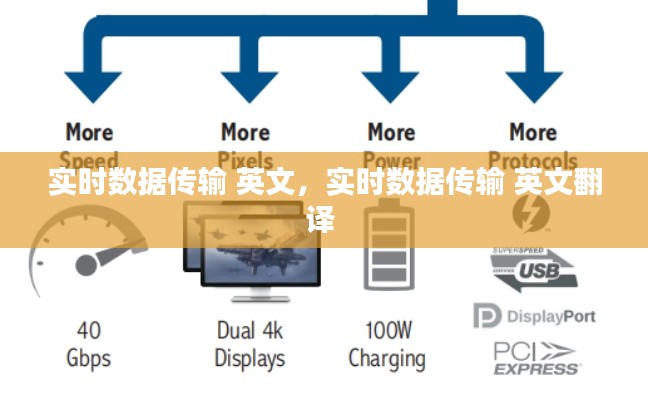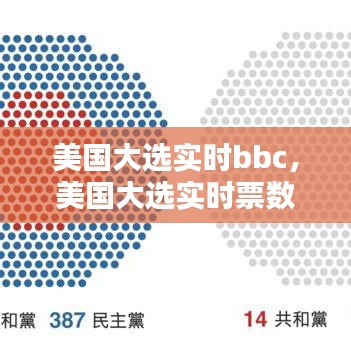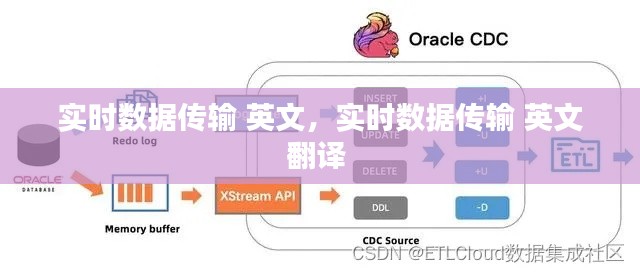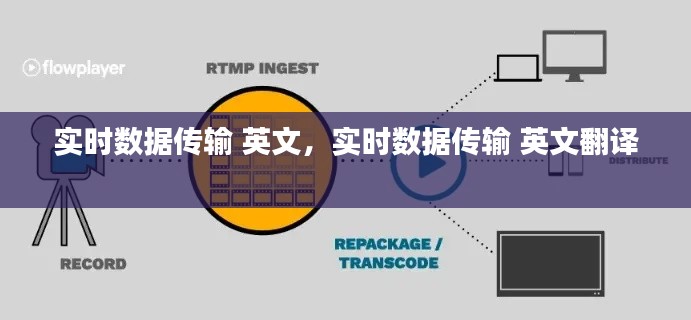Introduction to Real-Time Data Transmission
Real-time data transmission is a critical aspect of modern technology, enabling the seamless flow of information across various platforms and devices. In an era where information is power, the ability to transmit data instantaneously is invaluable. This article delves into the concept of real-time data transmission, its importance, and the technologies that make it possible.
What is Real-Time Data Transmission?
Real-time data transmission refers to the process of sending and receiving data in real-time, without significant delays. It is commonly used in applications where immediate access to information is crucial, such as financial transactions, video conferencing, and online gaming. Unlike traditional data transmission, which may involve buffering or delays, real-time data transmission ensures that data is delivered and received as quickly as possible.
Importance of Real-Time Data Transmission
The importance of real-time data transmission cannot be overstated. In the financial sector, for example, real-time data transmission is essential for stock trading, where even a few milliseconds can make a significant difference in the value of a trade. Similarly, in healthcare, real-time data transmission allows for immediate monitoring of patients' vital signs, enabling healthcare providers to make timely decisions that can save lives.
In the realm of communication, real-time data transmission is the backbone of video conferencing and live streaming services. It ensures that participants can interact in real-time, without the lag that would otherwise disrupt the conversation. This is particularly important in today's remote work environment, where face-to-face communication is often conducted over the internet.
Technologies Behind Real-Time Data Transmission
Several technologies enable real-time data transmission, each with its unique advantages and applications. Here are some of the key technologies:
Optical Fiber Networks: Optical fibers are capable of transmitting data at incredibly high speeds, making them ideal for real-time data transmission. They offer low latency and high bandwidth, which are essential for real-time applications.
5G Technology: The fifth generation of mobile network technology, 5G, promises to revolutionize real-time data transmission. With its high-speed and low-latency capabilities, 5G is expected to enable a wide range of real-time applications, from autonomous vehicles to smart cities.
Wi-Fi 6: The latest generation of Wi-Fi technology, Wi-Fi 6, offers improved speed and lower latency, making it suitable for real-time data transmission in homes and offices.
WebRTC: Web Real-Time Communication (WebRTC) is a modern web technology that enables real-time communication in web applications. It eliminates the need for plugins and supports video, audio, and data transmission without the need for a server.
Challenges and Considerations
While real-time data transmission offers numerous benefits, it also presents certain challenges and considerations. One of the primary challenges is ensuring high reliability and availability. In critical applications, such as healthcare and finance, any downtime can have severe consequences. Therefore, robust network infrastructure and redundancy are essential.
Another consideration is security. Real-time data transmission often involves sensitive information, making it a prime target for cyberattacks. Implementing strong encryption and security protocols is crucial to protect the integrity and confidentiality of the transmitted data.
Conclusion
Real-time data transmission is a cornerstone of modern technology, enabling instant access to information and enhancing the user experience across various applications. As technology continues to evolve, the demand for real-time data transmission is only expected to grow. By understanding the technologies, challenges, and considerations involved, we can ensure that real-time data transmission remains a reliable and secure means of communication in the future.














 桂ICP备18009795号-1
桂ICP备18009795号-1